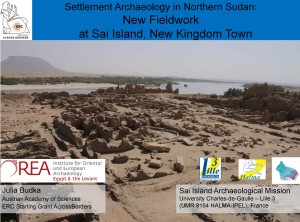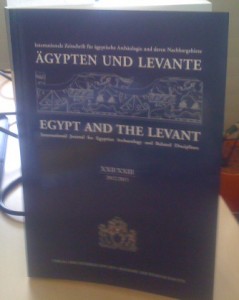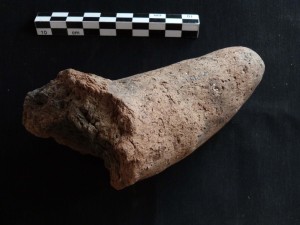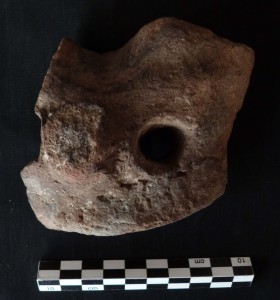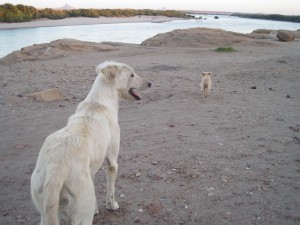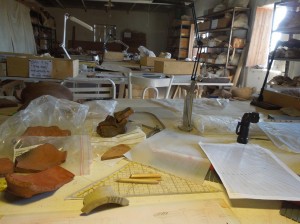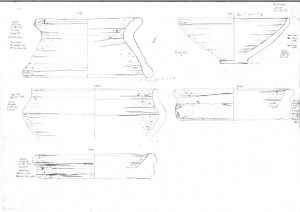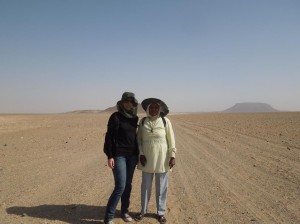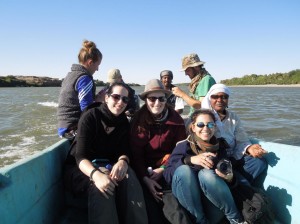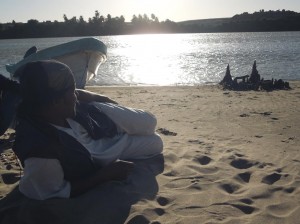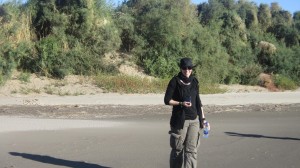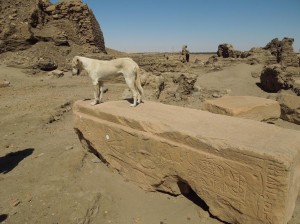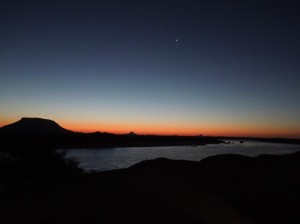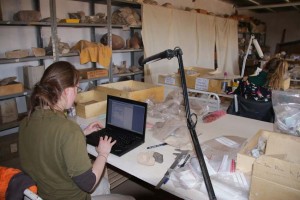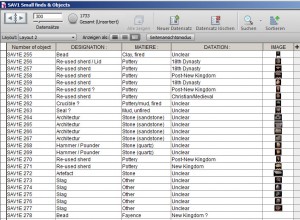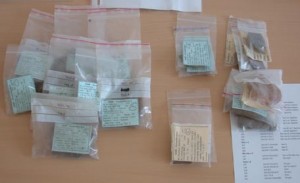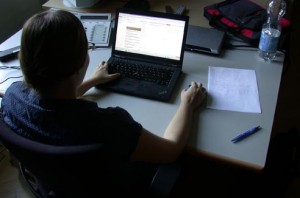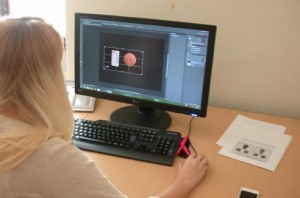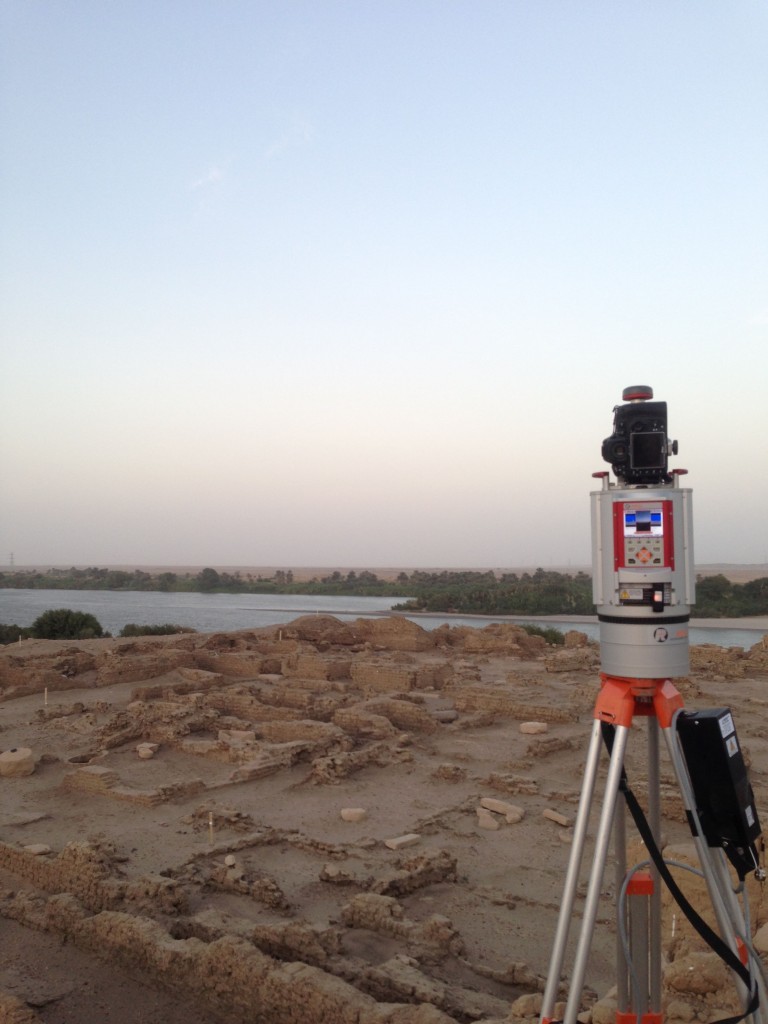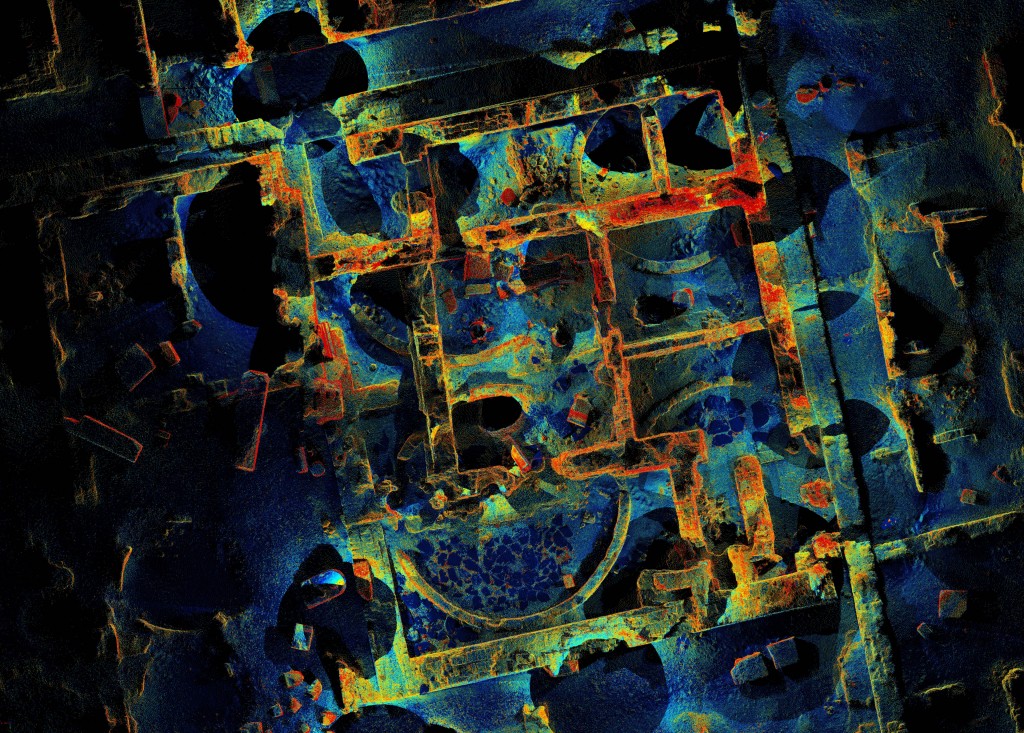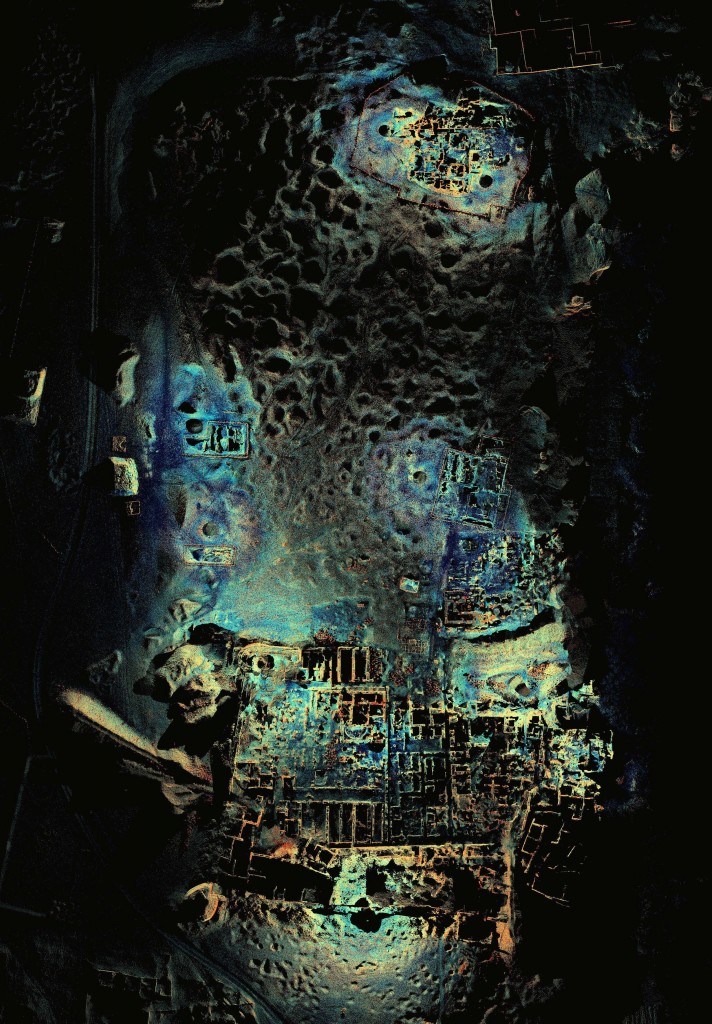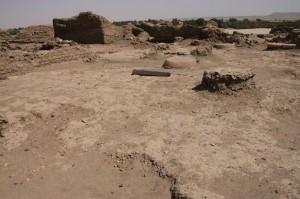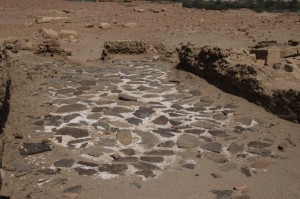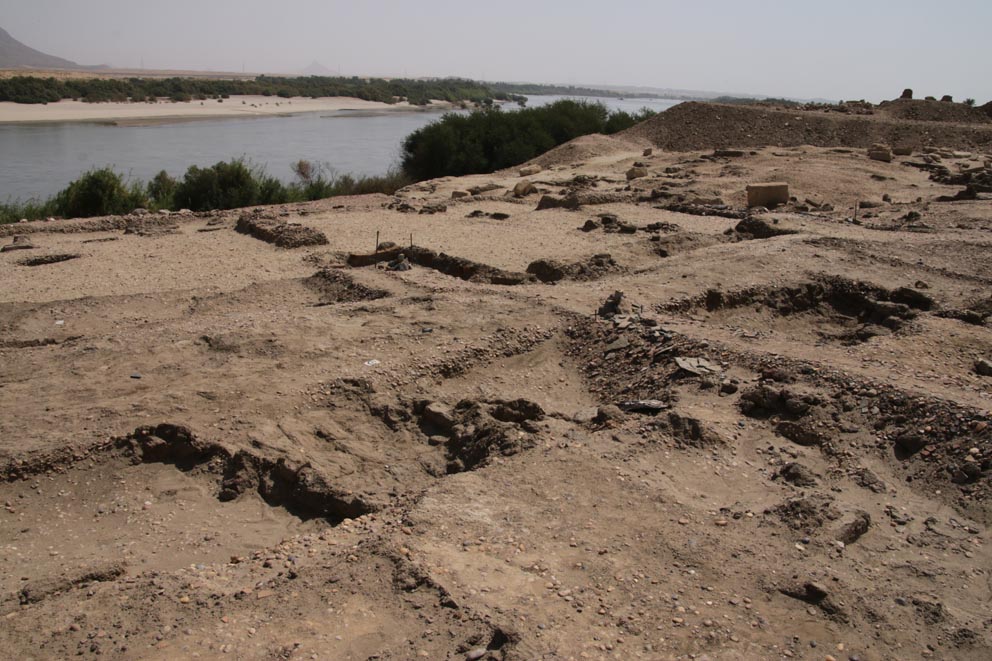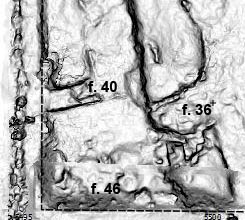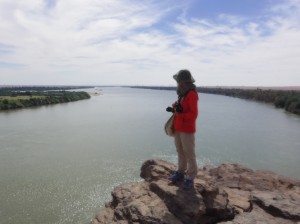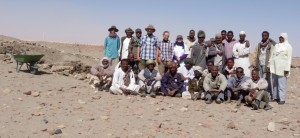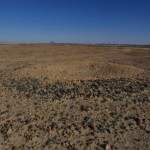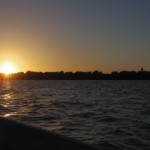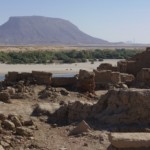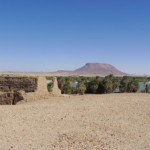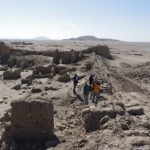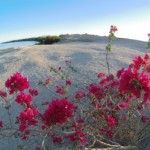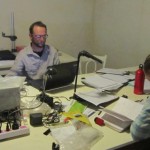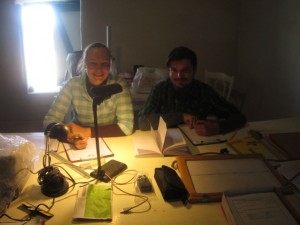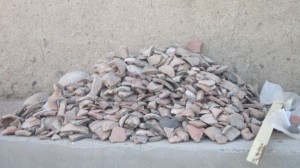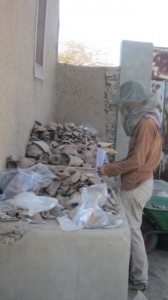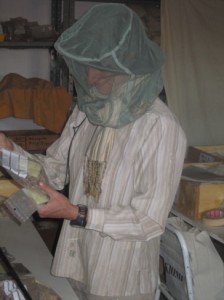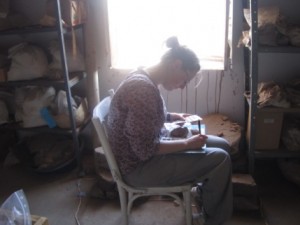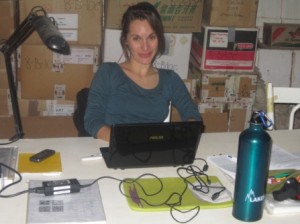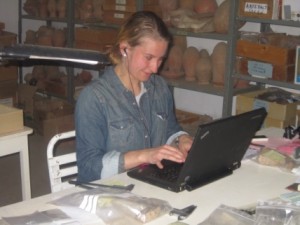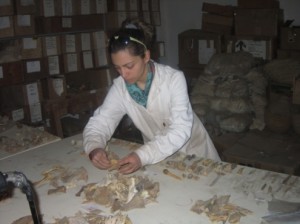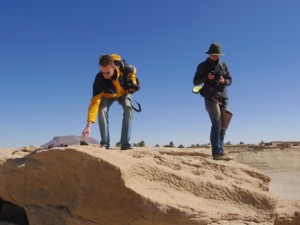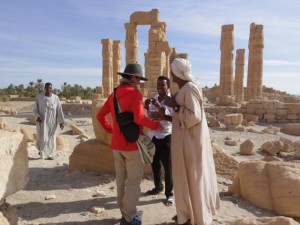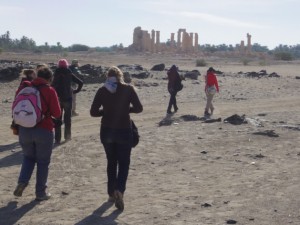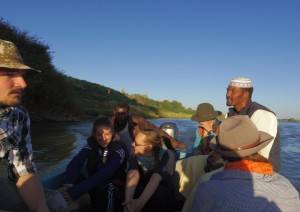On this Monday, May 19, the annual colloquium organized of the Sudan Archaeological Research Society took place as usual at the British Museum, London. The one-day colloquium focusses on recent archaeological fieldwork in Sudan and this year especially on projects within the framework of the Qatar-Sudan Archaeological Project.
For me it was the first time joining the SARS colloquium and so I was very much looking forward to it and of course to hear the latest about research, surveys and excavations in the 2013-2014 season.
The first session of the dense programme was dedicated to the excavations in the Northern Dongola Reach and comprised talks by Derek Welsby on the very interesting work going on at Kawa this season (e.g. erecting fences to protect archaeological zones, excavation of domestic houses and further work in the cemetery), by Pernille B. Jenson (animal deposits at a Kerma Ancien cemetery) and Ross Thomas (intriguing new rural settlement with strata from the New Kingdom). The second session started with an informative contribution by Matt Nicholas and Scott Haddow showing us the new excavations in the medieval fort and cemetery KRG3 at Kurgus. Further speakers were Julie Anderson (presenting on-going research at Dangeil representative of the sacred landscape of the late Kushite period), Neal Spencer (about work which was done in the desert hinterland of Amara West this season, about the potential and meaning of the western suburb as well as protecting the archaeological zones through fencing). The key lecture of the day was given by Matthew Davies, who talked about a survey in South Sudan he conducted for the British Institute in Eastern Africa in 2009.
A very enlightening talk was given afterwards by Vivian Davies about a survey of inscriptions along the Korosko Road, where he and his team recorded over 40 inscriptions, mostly of New Kingdom date, and where they were able to reconstruct the journey of personnel involved in gold-working industries from their home town to their destination, the Nubian Desert. The last session was held by Salah Mohamed Ahmed (for Mahmoud Suliman Bashir) about the survey and excavation between ed-Debba and the Merowe Dam, by Pavel Onderka, who informed about the past and present research at the site of Wad Ben Naga and finally by Jane Humphris. She gave a fascinating talk about the Post-Meroitic iron production in industrial Kush – a research project which has just started but obviously has much potential.
All in all it was highly informative and a great opportunity to gain the latest news of the several missions and projects so shortly after the end of the fieldwork season. The following reception offered the chance to chat and talk to the colleagues and to get to know one or the other, as in my case.

